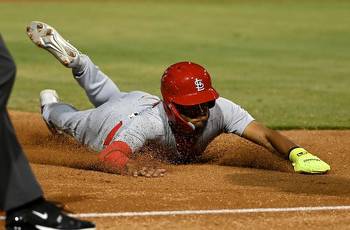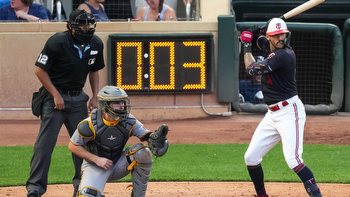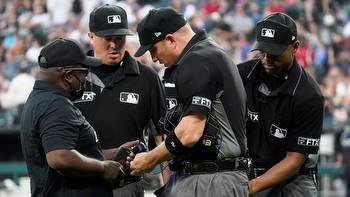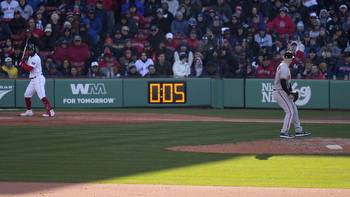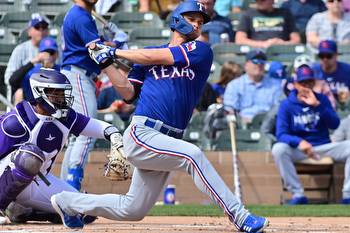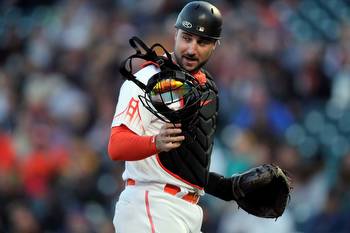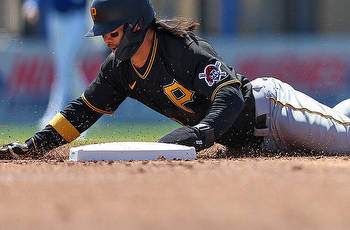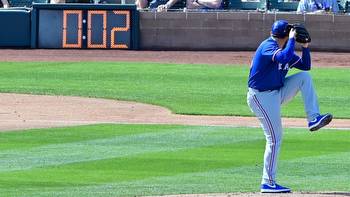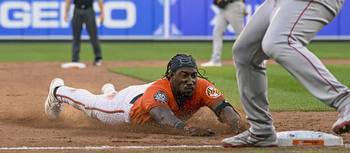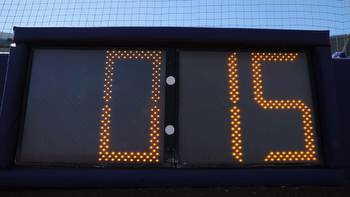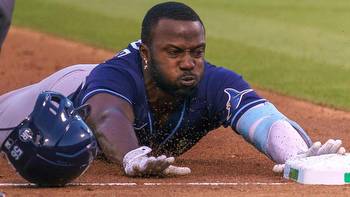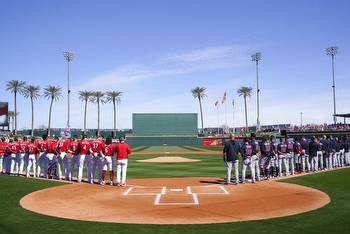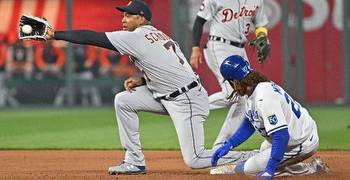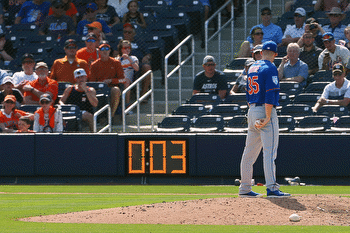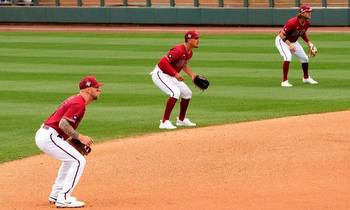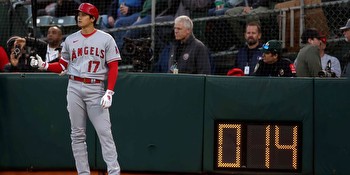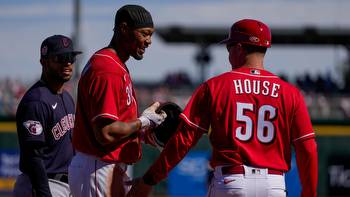How to Bet Major League Baseball With New Rules Changes
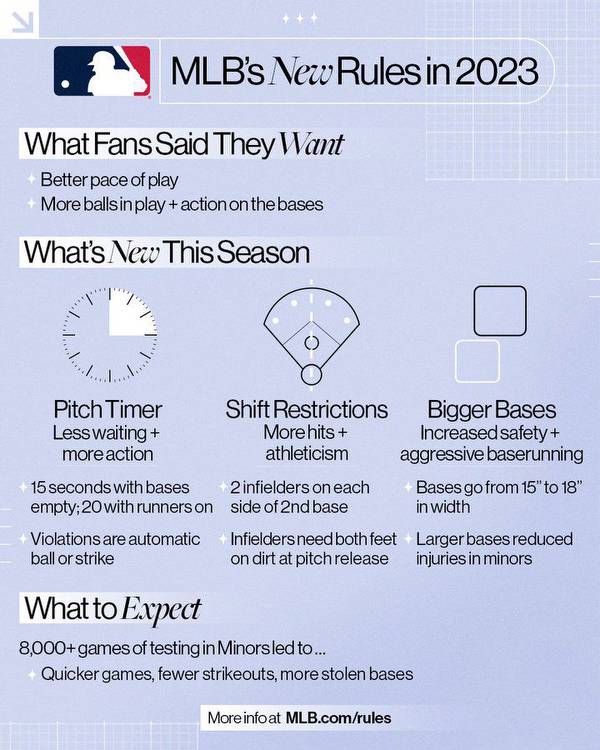
Get ready for some big time changes to Major League Baseball. A few rules changes could have a big impact on how people bet the national pastime.
Players got a crash course on the new rules and how they’ll be implemented and enforced in Spring Training. There are three major changes coming to the regular season (and beyond). Those are the pitch clock, a ban on the shift and bigger bases to encourage more stolen bases.
Major League Baseball will not be changing any of the major components of its new pitch-clock rules before Opening Day, according to a memo obtained by ESPN. The details on the changes that will be made, free and unlocked, at ESPN: https://t.co/VAKFBWQmD2
— Jeff Passan (@JeffPassan) March 22, 2023
Pitch Clock
Pitchers will be required to start their pitching motions within 15 seconds with nobody on base and 20 seconds with men on base
The batter must be ready and looking at the pitcher with 8 seconds on the clock
Pitchers are allowed two “disengagements” and batters are allowed one timeout (the number of disengagements resets if a runner advances to another base; a third disengagement is considered a balk)
The penalty is an automatic strike or an automatic ball depending on the offending party.
Rob Manfred’s biggest goal as MLB Commissioner has been to speed up the game, and these rule changes have definitely done that.
As of early March, Spring Training games were about 24 minutes shorter (2:37) than last season’s exhibition affairs (3:01). Regular season games averaged 3:11 last season.
How will the clock affect betting strategy?
If you like statistics, you’ll love this segment. To the numbers we go.
Obviously, a ball or a strike in any given plate appearance is a huge deal, so those could be tremendously impactful. After a 1-0 count, MLB hitters hit .255/.371/.428 last season. After a 0-1 count, they batted .213/.258/.334, so even a violation to begin a plate appearance could be significant.
Pitchers can only step off or throw over twice in a given plate appearance, which makes it really hard to hold runners. I see OVER bettors benefiting the most from the pitch clock.
Blake Snell and Tim Anderson help explain MLB’s new rule banning the shift.https://t.co/i1rmnUt8Ge
— Kevin Acee (@sdutKevinAcee) March 23, 2023
Banning the Shift
The rules are:
Two infielders must be on each side of second base.
All four infielders must be on the dirt when the pitcher is on the pitching rubber.
Infielders cannot switch sides (i.e, make the third baseman play second base and the second baseman play third vs. a left-handed batter).
If the infielders are not aligned at the time of the pitch, the batting team can choose an automatic ball or the result of the play.
Lefty Pull Hitters Stand to Benefit the Most
This is going to completely change the mindset of a batter, particularly a left-handed batter who pulls the ball a lot (think Max Muncy of the Dodgers)
As of March 19, Codify Baseball tweeted that batting average was down one point, on-base percentage was up eight points and slugging percentage was down 18 points from the previous Spring Training.
Singles were up 3% on a per-game basis while home runs were down 14% on a per-game basis.
Without a shift, lefties won’t shy away from pulling the ball, but they may be less likely to hit the ball in the air over the shift. The increase in singles with a decrease in home runs makes some sense. There could be more baserunners but fewer runs scored.
#MLB#Bigger#MLB's
MLB's larger bases might result in extra steals, fewer accidents https://t.co/DNCseuWMhMpic.twitter.com/EoedN59Wt0— news247planet (@News247Planet) March 23, 2023
Larger Bases
Bases went from 15 square inches to 18 square inches.
In Spring Training, there was a major increase in stolen base attempts and about a 6% increase in successful stolen bases year over year.
Last year, base stealers were successful 75% of the time; in Spring Training that number jumped to an 81% success rate.


